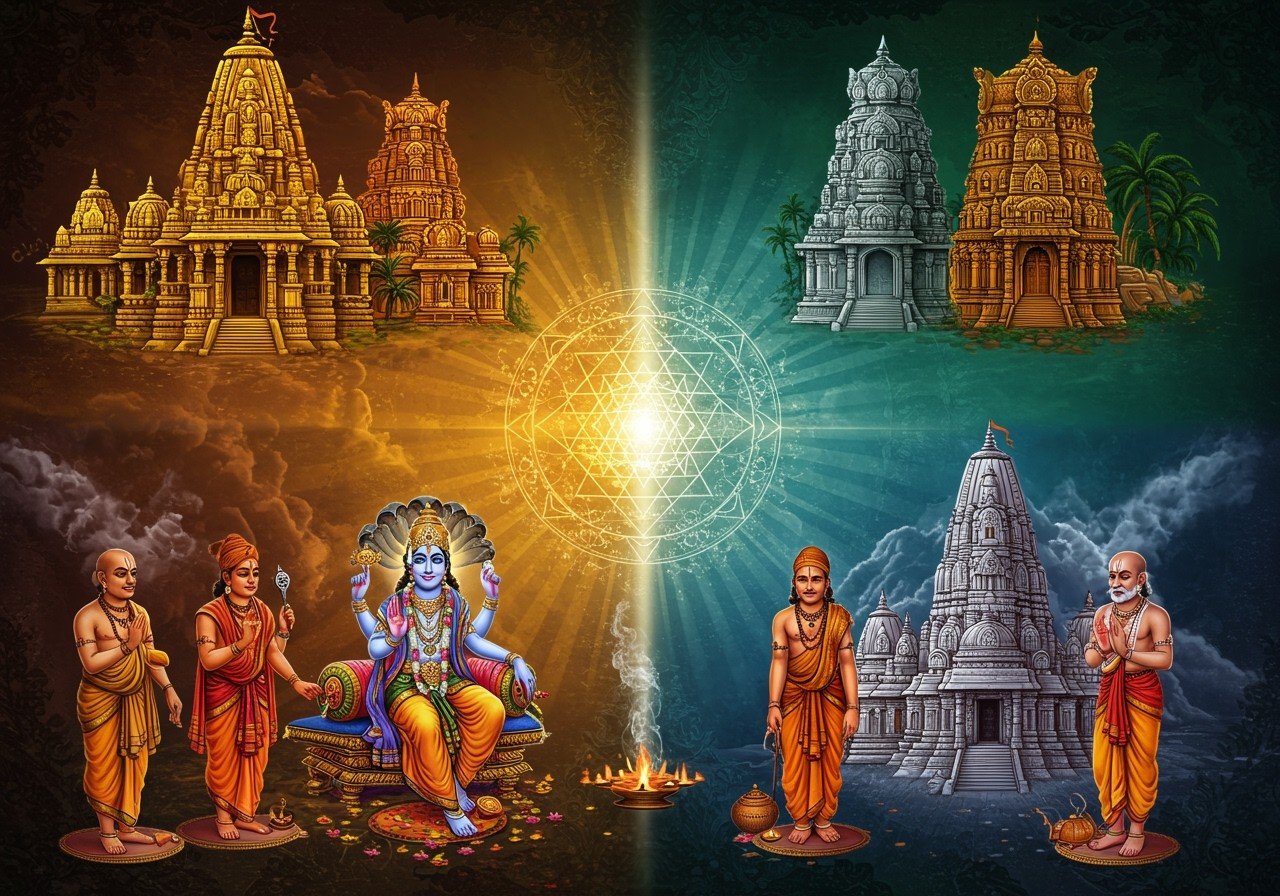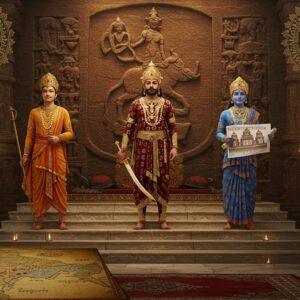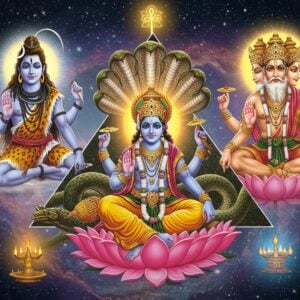Exploring the Diverse World of Vaishnava Sampradayas

Vaishnavism, a major Hindu tradition, revolves around the devotion to Lord Vishnu and his various incarnations. This rich tradition encompasses various sub-sects, each with unique interpretations of the relationship between the individual and God. Some emphasize liberation (moksha) from the cycle of birth and death through devotion (bhakti) to Vishnu, while others seek worldly blessings with the ultimate goal of residing in Vishnu’s divine presence. This diversity contributes to the vibrant tapestry of Vaishnava beliefs and practices, making it a deeply personal and spiritual journey.
Prominent Vaishnava Sects and Schools of Thought
- Sri Vaishnavism: This sect, originating in South India, emphasizes vishishtadvaita (“qualified nondualism”) as taught by Ramanuja. It views the world as real, yet dependent on Vishnu, and regards Lakshmi as Shri. Two sub-sects, Vadakalai and Tenkalai, further enrich this tradition with their distinct focus on Vedic scriptures and Tamil scriptures, respectively. The Vadakalai emphasize a path of effort in devotion, while the Tenkalai advocate complete surrender to God.
- Madhva Sampradaya (Brahma Sampradaya): This tradition adheres to the dvaita (“dualism”) philosophy of Madhva. It posits a fundamental distinction between God and the soul, emphasizing the soul’s dependence on God. This monotheistic sect reveres Vishnu (Krishna) as omnipotent, omniscient, and omnibenevolent.
- Nimbarka Sampradaya (Kumara Sampradaya): Founded by Nimbarkacharya, this sect emphasizes dvaitadvaita (“dualistic non-dualism”), a concept that reconciles both difference and non-difference between God and the soul. As a Krishnaite Sampradaya, devotees worship Krishna and his consort Radha.
- Vallabhacharya (Rudra Sampradaya): This tradition upholds the shuddhadvaita (“pure nondualism”) doctrine, emphasizing the complete non-difference between the individual soul and Krishna. Devotees focus on the path of grace and divine love.
- Gaudiya Vaishnavism: Established by Chaitanya Mahaprabhu, a 16th-century saint, this sect teaches achintya-bhedabheda (“inconceivable duality and nonduality”). This complex concept suggests that the relationship between God and the world is simultaneously one and different, a mystery beyond human comprehension. It centers on devotional love for Krishna and Radha.
- Ramanandi Sampradaya: As the largest monastic group within Hinduism, founded by Ramananda, its monks, known as Ramanandis, Vairagis, or Bairagis, worship Rama and adhere to Advaita Vedanta, the non-dualistic philosophy. This monastic order has played a significant role in spreading Vaishnava teachings across India. They uphold the importance of asceticism and renunciation while practicing devotion to Rama.
- Warkari Sampradaya: This tradition, prominent in Maharashtra, centers around the worship of Vishnu in the form of Vithoba. Focused on the Vithoba temple in Pandharpur, it emphasizes community-based devotion and pilgrimage.
Poojn.in: Your Resource for Vaishnava Ritual Items
Poojn.in, India’s leading cultural goods and services store, provides a comprehensive collection of items for Vaishnava worship. We offer a wide selection of products to support your spiritual journey, including:
- Deity Idols: Find beautifully crafted idols of Vishnu, Krishna, Rama, and other revered deities. Ladoo Gopal and Radha Krishna idols are among our popular choices.
- Puja Items: Source all your puja essentials, from incense and diyas to premium-quality cotton cloths and shalu cloths.
- Spiritual Literature: Deepen your understanding of Vaishnavism with our collection of books and scriptures. Explore titles related to Krishna’s names, the divine love of Krishna and Radha, and Krishna’s flute.
Visit poojn.in today to discover a wide array of authentic and high-quality products for your Vaishnava practices.


